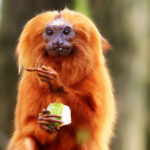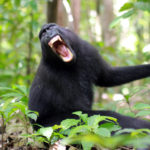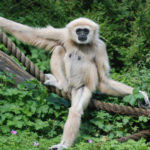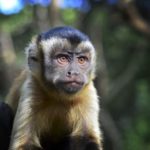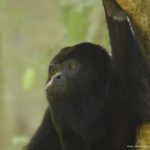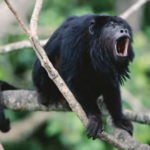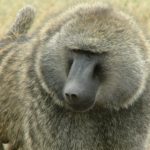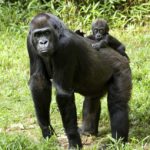Monkey Scientific Name
The monkey’s scientific name is Cercopithecidae. Monkeys are furry animals related to the apes. The main food of monkeys is fruit and other plant food. Monkeys’ diet also includes insects and other small creatures, and birds’ eggs.
Biologists divide monkeys into two major groups. They are the Old World monkeys of Africa, Asia, and the southwestern tip of Europe, and the New World monkeys of Central and South America. They show some striking differences. The Old World monkeys have longer noses, and eyes and nostrils that are closer together. They include a number of ground-dwelling kinds. All New World monkeys, on the other hand, live in trees. Many of them have prehensile tails – tails with which they can grip branches and swing along. No Old World monkeys can do this.
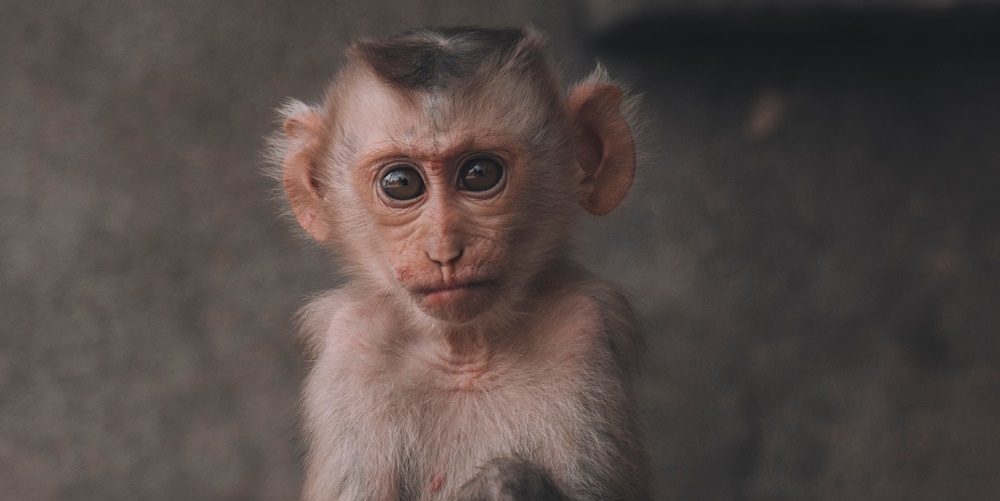
The macaques form a large Old World group. They include the common rhesus monkey and the barbary ape of Gibraltar – the only European monkey. The long-snouted baboons form another large group. They often live on the ground in large groups. Other Old World species include the long-nosed probosci’s monkey of Borneo, which is a good swimmer, and the colobus monkey, which has long silky fur.
As we already mentioned, the scientific name of the monkeys’ is Cercopithecidae, but it is the Old World monkeys’ scientific name. The New World monkeys’ scientific name is Platyrrhini.
Important groups of New World monkeys include the small titis and sakis; the large, noisy howlers; the capucins, intelligent, acrobatic creatures; and the extremely common squirrel monkeys. The spider monkeys have long limbs, while the woolly monkeys are covered in thick, dark fur. The marmosets include the smallest of all monkeys.
